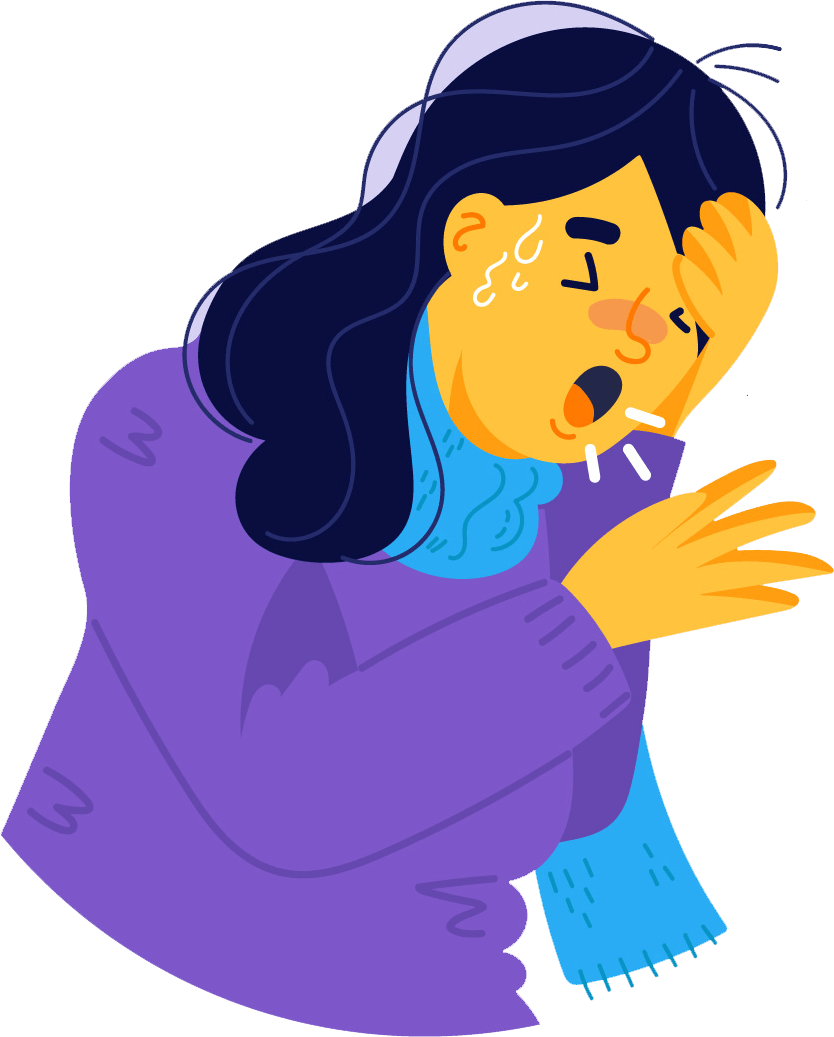Prevent
Best way to prevent is avoid virus.
Personal Contact
Fever is a key symptom, experts say. Don't fixate on a number, but know it's really not a fever until your temperature reaches at least 100
Wash hands
Maintain at least 1 metre (3 feet) distance between yourself & anyone who is coughing or sneezing. If you are too close, get chance to infected.
Social distancing
Hands touch many surfaces and can pick up viruses. So, hands can transfer the virus to your eyes, nose or mouth and can make you sick.
Respiratory hygiene
Maintain good respiratory hygiene as covering your mouth & nose with your bent elbow or tissue when cough or sneeze.
Symptom
Basic Symptom Against Corona virus

Fever
Fever you feel hot to touch on your chest or back (you do not need to measure your temperature). It is also may appear in 2-10 days.

Cough
Continuous coughing a lot for more than an hour, or 3 or more coughing episodes in 24 hours.if you usually have a cough, it may be worse than usual.

Confusion
Around 1 out of every 6 people who gets COVID-19 becomes seriously ill and develops difficulty breathing or shortness of breath a lot.

Aches and pains
Fever is a key symptom, experts say. Don't fixate on a number, but know it's really not a fever until your temperature reaches at least 100

Runny nose
People of all ages who experience fever and/or cough associated withdifficulty breathing/shortness of breath.

Sore throat
Older people, and those with underlying medical problems like high blood pressure, heart and lung problems, diabetes, or cancer
Spreads
Disease spreads from person to person

Wear Facemask
Fever is a key symptom, experts say. Don't fixate on a number, but know it's really not a fever until your temperature reaches at least 100

Wash your hangs often
Coughing is another key symptom, but it's not just any cough, said Schaffner. It should be a dry cough that you feel in your chest.
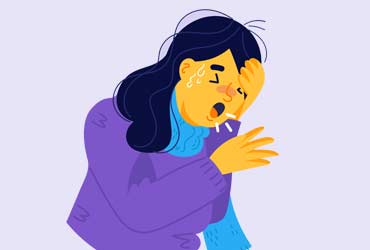
Keep social distance
Shortness of breath can be a third -- and very serious -- manifestation of Covid-19, and it can occur on its own, without a cough.
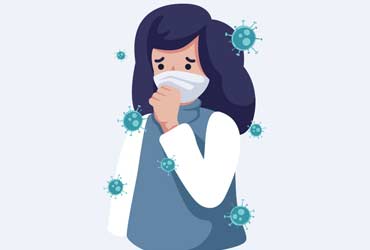
Wear Facemask
Fever is a key symptom, experts say. Don't fixate on a number, but know it's really not a fever until your temperature reaches at least 100
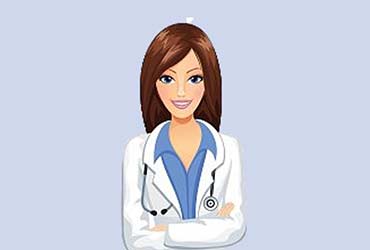
Wash your hangs often
Coughing is another key symptom, but it's not just any cough, said Schaffner. It should be a dry cough that you feel in your chest.
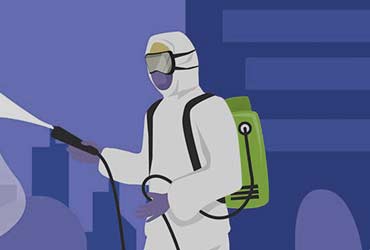
Keep social distance
Shortness of breath can be a third -- and very serious -- manifestation of Covid-19, and it can occur on its own, without a cough.
Faqs
Frequently Asked Questions
Data has shown that it spreads from person to person among those in close contact (within about 6 feet, or 2 meters). The virus spreads by respiratory droplets released when someone infected with the virus.
Data has shown that it spreads from person to person among those in close contact (within about 6 feet, or 2 meters). The virus spreads by respiratory droplets released when someone infected with the virus.
Data has shown that it spreads from person to person among those in close contact (within about 6 feet, or 2 meters). The virus spreads by respiratory droplets released when someone infected with the virus.
Self-isolation is when a person who is experiencing fever, cough or other COVID-19 symptoms stays at home and does not go to work, school or public places. This can be voluntarily or based on his/her health care provider’s recommendation.
Children and adults should follow the same guidance on self-quarantine and self-isolation if there is a risk they have been exposed or are showing symptoms. It is particularly important that children avoid contact with older people.
While some western, traditional or home remedies may provide comfort and alleviate symptoms of mild COVID-19, there are no medicines that have been shown to prevent or cure the disease. WHO does not recommend self-medication with any medicines.
